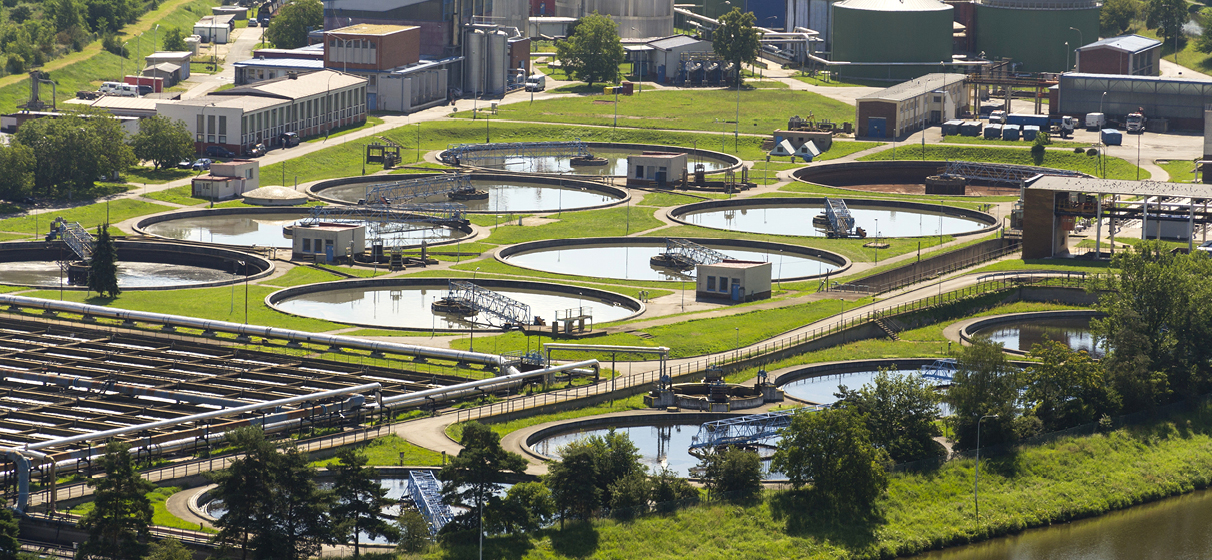Sustainability and climate resilience have profoundly impacted the water industry in the last two decades. While partnering with major water and wastewater utilities and agencies throughout my career, I have seen firsthand how these elements have evolved water operations and infrastructure in communities across the United States.
Just 10 years ago, resilience was a brand-new buzzword for utility providers. Today, resilience is a broad-ranging umbrella term requiring a nuanced approach. For example, in the projects I’ve worked on, resilience planning looks very different for a coastal community dealing with sea level rise compared to a utility provider that needs to replace 100-year-old cast iron pipes in the ground or a municipality coping with wet weather impacts to their collection system.
Our membership in The National Association of Clean Water Agencies (NAWCA) is integral to understanding the ever-shifting sustainability landscape. As the nation’s leading legislative, regulatory, and legal clean water advocacy association, NACWA’s membership is an invaluable environment for me to stay at the forefront of the future of clean water and connect directly with the agencies and their leaders serving our communities across the US.
I recently attended NACWA’s annual winter conference, “Claiming the High Ground for Public Clean Water Utilities.” The conference provided a unique opportunity to engage in peer-to-peer networking directly with water industry utility providers while offering access to unfiltered insights. I participated in the conference’s Climate and Resiliency Committee and Operations Committee meetings which facilitated open discussion panels on how water providers and legislative leaders manage clean water responsibilities.
Just 10 years ago, resilience was a brand-new buzzword for utility providers. Today, resilience is a broad-ranging umbrella term requiring a nuanced approach.
I have been personally participating in NACWA for 15 years. NACWA’s conference committees help me gain new ways to characterize and talk with clients about climate resilience and stay informed on the regulatory environment impacting water and utility operations on the ground today.
One of the major trends from NACWA’s winter conference was discussing how utility providers can capitalize on long-range resilience planning and move towards a “Utility of the Future” and “One Water” operating models, which promote a holistic and cooperative approach to managing water from all sources to meet social, economic, and environmental needs.
Instead of simply tackling infrastructure improvements when legacy water systems fail, or a weather-related event impacts service and systems, these water management models encourage proactive renewal, replacement, and resilience programs.
Across the U.S., catastrophic weather events are putting additional strain on already stressed and aging utility systems. After a significant rain or flooding event, integrating tunnels, storage facilities, and other short-term solutions into existing water infrastructure is only sometimes feasible or sustainable. Municipalities or utility providers often need access to the appropriate funding to implement those solutions immediately, and these approaches frequently need to address the long-term needs of outdated systems.
The NACWA Climate and Resiliency Committee has positioned itself as the spearhead in sharing what’s happening within the industry relative to global climate change. It also provides best practices for new long-range solutions, not just immediate fixes.
This stewardship effort includes helping utility providers and municipalities fully leverage new federal infrastructure funding from the 2022 Infrastructure and Investment Jobs Act (IIJA), the most significant infrastructure funding program in history. The legislation allocated over $50 billion to improve the nation’s water, wastewater, and stormwater infrastructure. NACWA provides critical guidance for the best use of this funding for future-forward resource recovery and next-generation technology at the local and regional levels.
One of the utility leaders that have taken on the tenants of the “utility of the future” model significantly is the San Antonio Water System (SAWS), which has implemented the largest direct recycled water system in the country. SAWS also uses a progressive method of converting methane gas into pipeline gas for commercial use–a revenue source that now offsets operating costs. At this year’s NACWA conference, leaders from SAWS outlined how resilience efforts in its master planning will allow them to supply 20% more water to the growing region, build critical water production facilities to manage climate-related power outages and remain at the forefront of the industry over the next several decades.
In addition to providing current success stories, participating in NAWCA offers a crucial resource for tracking and monitoring the regulatory environment that will continue to impact how water and sewer providers operate in the US.
Instead of simply tackling infrastructure improvements when legacy water systems fail, or a weather-related event impacts service and systems, these water management models encourage proactive renewal, replacement, and resilience programs.
At this year’s conference, two significant topics of discussion included per- and polyfluorinated substances (PFAs) and biosolids management. In 2023, the EPA progressed in proposing six regulatory limits for PFAs compounds in drinking water. Concurrently, biosolids disposal remedies like landfills and land application are under scrutiny, which limits options for utilities in the US, while more expensive measures for sludge minimization PFAs destruction are being considered. Utility leaders are watching closely to see how the EPA will continue to address risk assessments in this area and how it will impact local water utilities.
As one of the country’s top infrastructure consultants, we must stay ahead of the environmental trends that most significantly impact our utility clients, especially those related to regulatory changes and infrastructure needs. STV’s role with NACWA is an invaluable source of connection, information, and insight to help the water industry address these issues as science, research, technology, and innovation continue to bring new solutions to the table.








